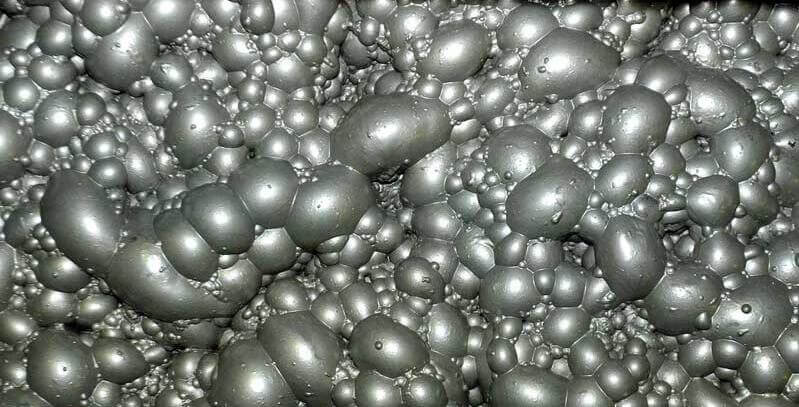How Can Dasen’s Solutions Benefit Your Copper Ore Beneficiation Process?
In the intricate world of copper ore beneficiation, the extraction of copper is a pivotal process. Among the various methods, froth flotation of copper stands out as a highly effective technique. Flotation, in general, is the process of enriching minerals from the grinding and grading overflow slurry pulp by capitalizing on the natural hydrophobicity of the minerals.
A flotation process, especially in the context of copper ore beneficiation, demands treating the ground ore with flotation reagents, followed by thorough stirring and aeration of the slurry pulp to separate the various minerals. Minerals that readily adhere to the bubbles float upwards with them, while those that don’t remain in the pulp, thus achieving the goal of mineral enrichment. The diverse agents employed in the flotation process are collectively known as flotation agents. Among these, aside from collectors and foaming agents, the rest are classified as regulators.
The regulator plays a crucial role. It adjusts the interaction between the collector and the mineral, either promoting or inhibiting the mineral’s floatability. Additionally, it modulates the pH and ion composition of the slurry. Regulators can be broadly categorized into pH regulators, activators, inhibitors, dispersants, and flocculants.
pH regulator
pH regulators encompass substances like lime, sodium carbonate, sulfuric acid, sulfur dioxide, caustic soda, and more. These substances are fundamental in controlling the chemical environment of the flotation process.
Activator
Activators are agents that enhance the floatability of minerals during the flotation process. Their function is to modify the composition of the mineral surface, facilitating a more effective interaction between the collector and the mineral surface. Activation can be classified into spontaneous activation, pre – activation, resurrection, and vulcanization.
Inhibitor
Commonly used inhibitors include sodium sulfide, zinc sulfate, sodium cyanide, potassium dichromate, water glass, lime, yellow blood salt, tannin, starch (dextrin), carboxymethyl cellulose, etc. These inhibitors are essential for selectively preventing the flotation of certain minerals.
Flocculant, dispersant
These agents play a role in aggregating or dispersing particles in the slurry, which impacts the overall efficiency of the flotation process.
When it comes to the flotation of copper oxide ores, the process is a bit more complex due to the nature of these ores. However, with the right combination of flotation reagents and a well – designed process, efficient extraction of copper from copper oxide ores can be achieved.
Dasen is your go – to partner for professional copper ore beneficiation solutions. We offer a comprehensive and expert – designed copper ore beneficiation process. Flotation, as a commonly used method in copper ore beneficiation, is a cornerstone of our services. Our main copper ore flotation process follows a clear path: first, the ore undergoes crushing and screening. Then, it proceeds to stage grinding and stage flotation, which is crucial for optimizing the separation of copper minerals. After that, the material is processed through concentration and dehydration steps, ultimately yielding high – quality copper concentrate.
If you have any questions or challenges related to the extraction of copper, the froth flotation of copper, or the flotation of copper oxide ores, or if you need assistance with flotation reagents for gold ore and copper ore, don’t hesitate to reach out. Contact Dasen today and let us help you unlock the full potential of your copper ore resources.
Please contact us if you have any problems relating to flotation reagents, such as gold ore and copper ore. We are more than happy to share them with you.Whatsapp:+8613319277356 Email:[email protected]

